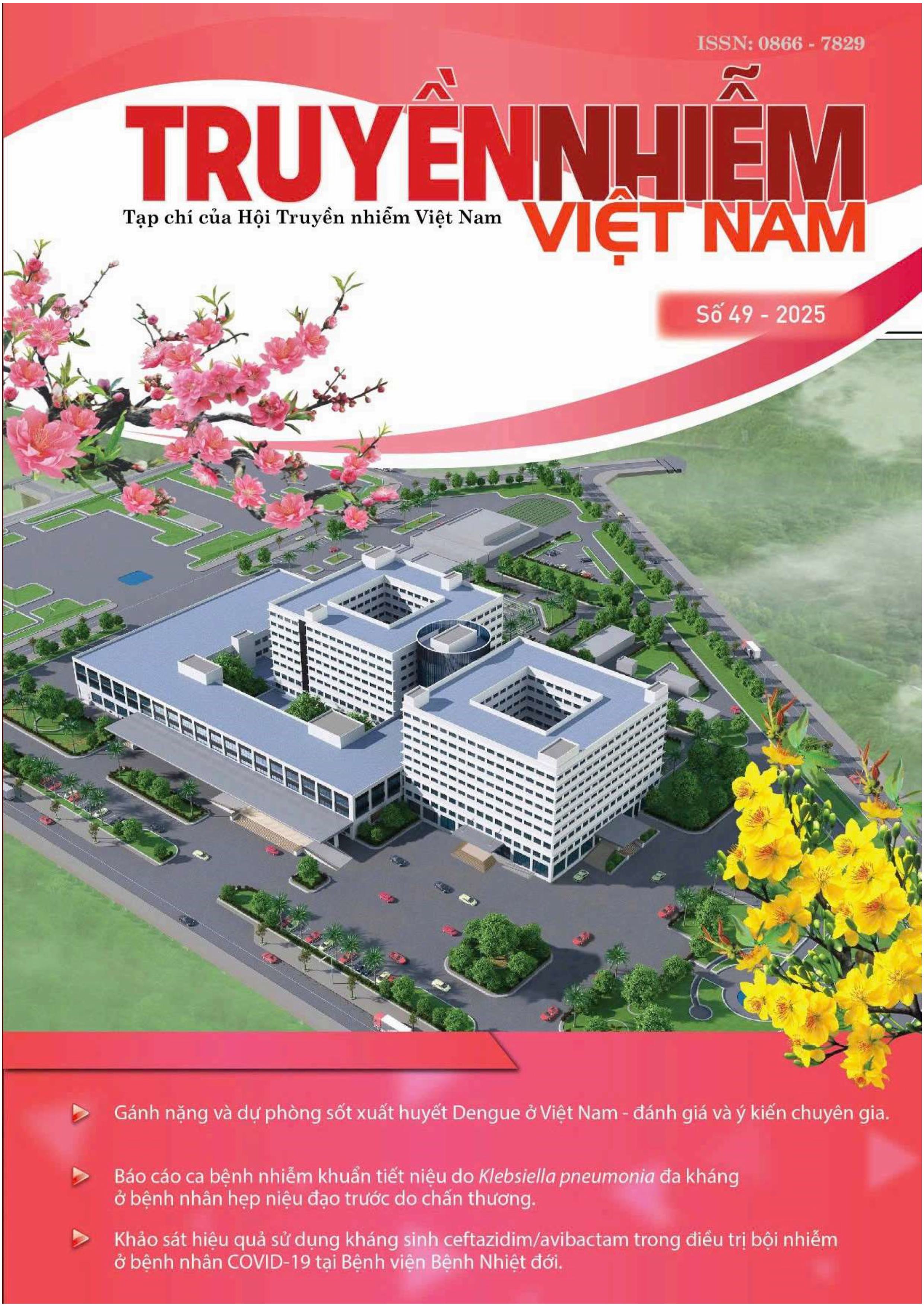INVESTIGATION OF HEMODYNAMIC CHANGES, RESPIRATORY STATUS, ELECTROLYTES, ACID-BASE AND COAGULATION DISORDERS IN DENGUE SHOCK SYNDROME PATIENTS TREATED ADDITIONALLY WITH 10% ALBUMIN SOLUTION
Main Article Content
Abstract
Objectives: To investigate changes in hemodynamics, respiratory status, electrolytes, acid-base and coagulation disorders in patients with Dengue shock syndrome (DSS) treated additionally with 10% albumin solution.
Subjects and methods: 86 pediatric patients diagnosed with Dengue fever treated at City Children's Hospital, Prospective study, describing a series of cases.
Results: 86 patients with DSS received an additional 10% albumin solution after failure with HES 130 6%, mean age of 6.4 years, overweight 20.9%. The hemodynamic study within 24 hours of infusion of 10% albumin solution showed improvement in shock with a significant decrease in mean pulse rate after
4 hours, improved pulse blood pressure, systolic and diastolic blood pressure, mean blood pressure. The mean erythrocyte package volume (Hct) after 2 hours of 10% albumin infusion was 41.4%, significantly improved compared with 43.6% initially and stabilized at 38.1 - 40.5% thereafter. There was a significant
increase in serum sodium concentration at 18, 24 h (132.6, 133.5 mmol/L) after infusion of 10% albumin solution but remained within the normal range due to low baseline serum sodium concentration (mean 125.7 mmol/L). Blood chloride concentration increased but not statistically significant and within the normal range. There was no difference in pH, PaCO2, HCO3- at the time of 6, 12, 18, 24 hours compared to baseline while there was an improvement in base excess significantly at 6 hours compared to baseline, Blood lactate decreased significantly at 6 hours after infusion of 10% albumin solution, and blood lactate levels at 12, 18, and 24 hours were all within normal limits, APTT tended to increase nonsignificantly, PT did not change significantly at 12, 24 hours compared to baseline. The average amount of 10% albumin solution used was 15.6 ± 4.1 ml/kg over a mean duration of 5.3 ± 2.1 hours, Research showed that 10% albumin solution improved liver damage and respiratory failure. Albumin side effects recorded as urticaria of 2.3%, not recorded infusion reaction or anaphylaxis. No death was documented.
Conclusions: The study provides clinicians with a reliable option of 10% albumin solution for the treatment of DSS when the source of dextran, 6% HES 200 solution is scarce. However, the application of 10% albumin solution needs to comply with the right indications at the right time to increase its effectiveness,
avoiding its abuse and costing..
Article Details
Keywords
Sepsis, E. coli, prognosis
References
2. Bridget A, Wills et al, Size and Charge Characteristics of the Protein Leak in Dengue Shock Syndrome, JID 2004:190 (15), p,810-8.
3. Luis Angel V, C et al, Biochemical Alterations as Markers of Dengue Hemorrhagic Fever, Am, J, Trop, Med, Hyg, 2008;78(3), pp, 370-374.
4. Nguyễn Văn Hảo, Biến đổi albumin/máu trong bệnh nhiễm Dengue cấp ở người lớn, Y học TP. Hồ Chí Minh, Tập 17, Phụ bản của Số 1, tr 173-80, 2013.
5. Riffat M, et al, Predictors for Severity of Dengue Infection during Early Days of Infection, Walailak J Sci & Tech 2012; 9(4): 369-374.
6. Siripen Kalayanarooj, Choice of Colloidal Solutions in Dengue Hemorrhagic Fever Patients, J Med Assoc Thai 2008; Vol, 91 Suppl, 3.
7. Sunit Singhi et al Dengue and Dengue hemorrhagic fever: management issues in an intensive care unit, Jornal de Pediatria 2007; Vol, 83, No,2(Suppl), s23 - 35.
8. WHO,, “Handbook for Clinical Management of Dengue” World health Organization, Geneva, p,39-51,2012.
9. Yogananda Reddy et al (2014), Study on Serum Albumin as Prognostic Marker in Dengue, IOSR Journal of Dental and Medical Sciences Volume 13, Issue 3 Ver, IV, pp, 99-102.


